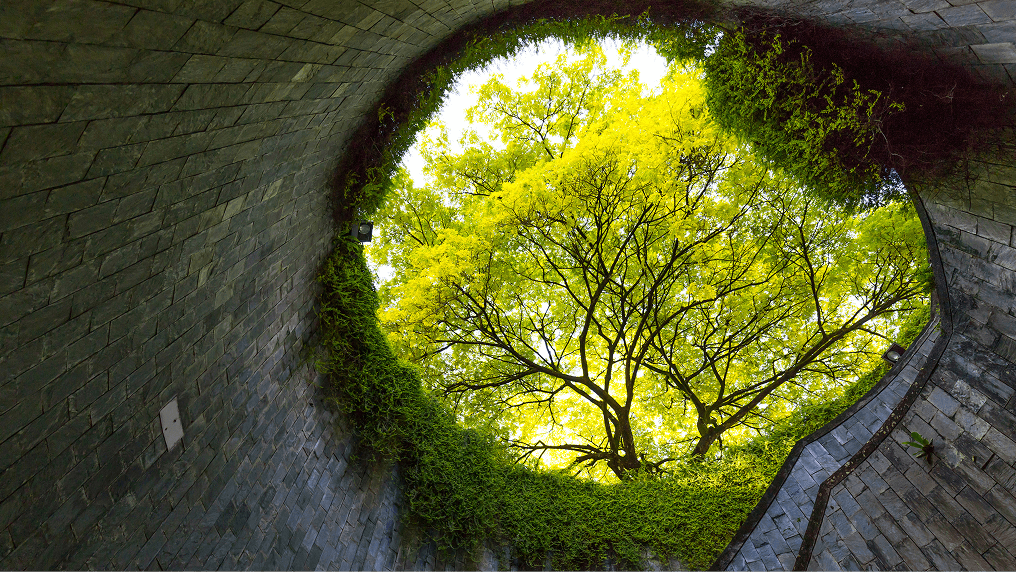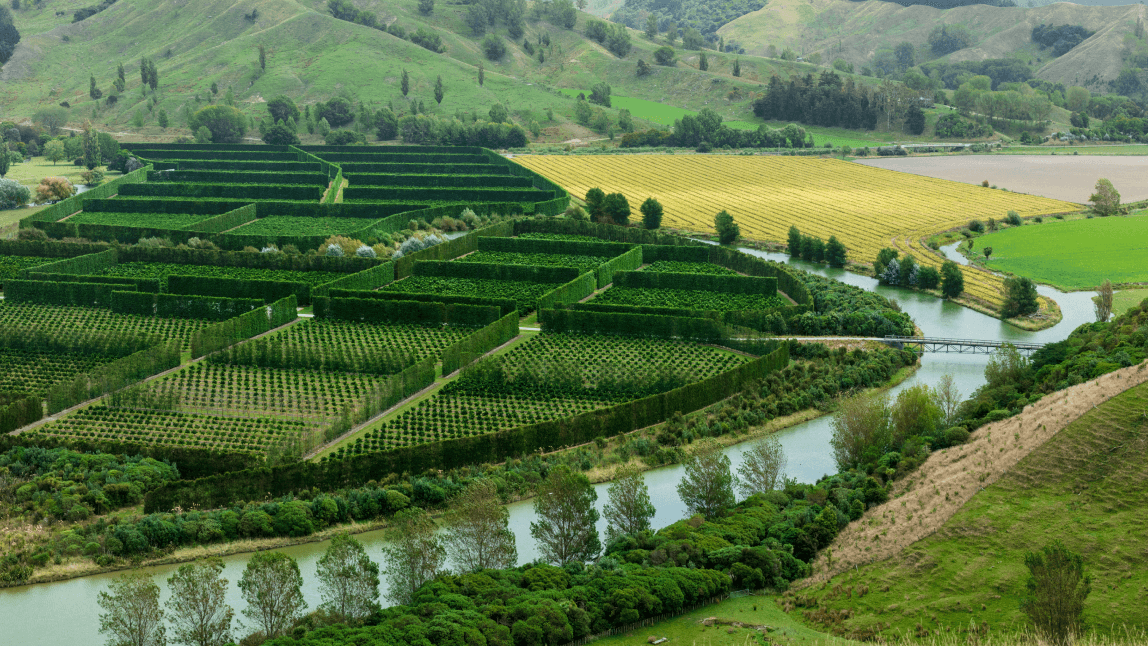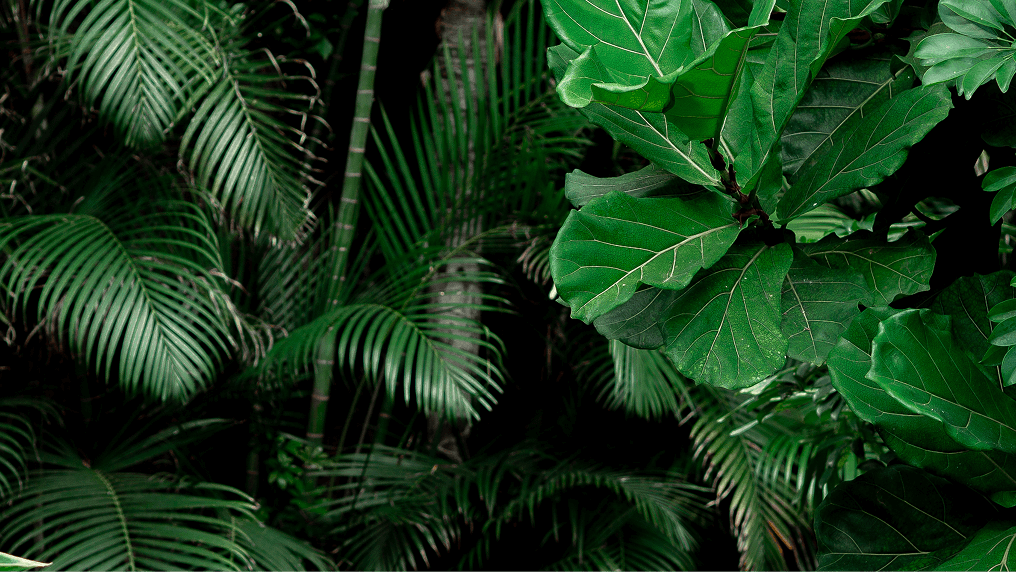To support the shift from a take-make-waste, linear economylinear economyAn economy in which finite resources are extracted to make products that are used - generally not to their full potential - and then thrown away ('take-make-waste'). to one that is circular by design, we must support natural processes and leave more room for nature to thrive. No longer should our focus be simply on doing less harm to the environment, but on how we can actively improve it.
In this video, we learn more about the third and final principle of the circular economycircular economyA systems solution framework that tackles global challenges like climate change, biodiversity loss, waste, and pollution. It is based on three principles, driven by design: eliminate waste and pollution, circulate products and materials (at their highest value), and regenerate nature. - to regenerate nature.
Circular economy principles video series

Explore more circular economy videos, playlists, and series
Sit back and watch our video content exploring a diverse range of topics related to the circular economy. Hear from leading voices in the circular economy transition and analysis by our circular economy experts.












